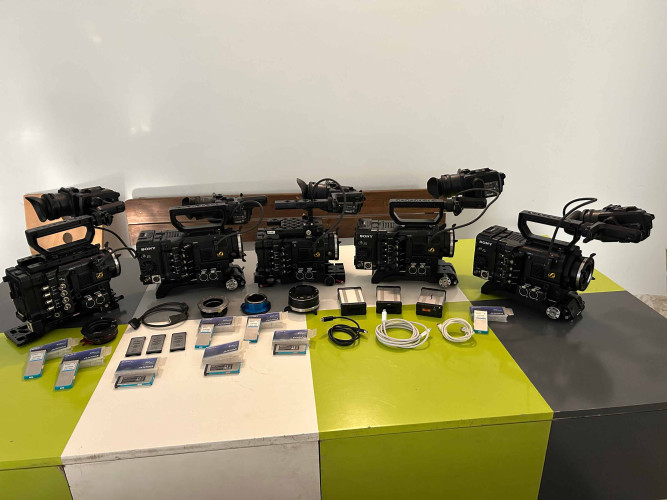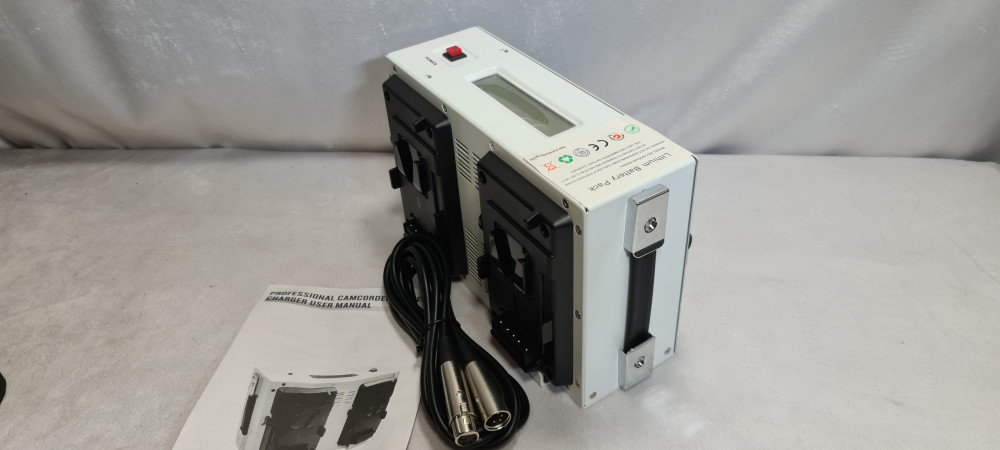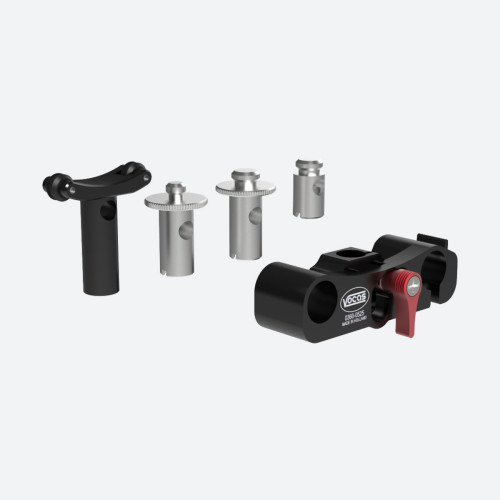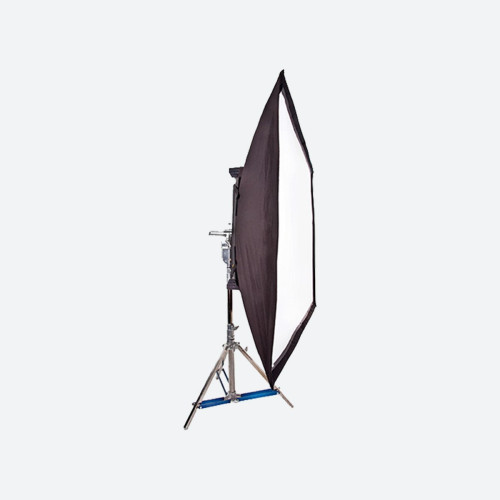by Bruce Devlin Issue 113 - May 2016
If you\'re given a media file and it has 16 channels of audio then life can quickly become the opposite of boring, especially if it has to go to air quickly and the supplier is new. Put simply there are many ways in which the different channels can be laid out in the file, but there isn\'t a single overall standard for labelling them. Enter SMPTE ST 377-4 - the Multi-Channel Audio Labelling specification (MCA). It\'s really boring and this is a good thing.
Back in the days when life was simple, you just had to be sure that the mono audio was present. Then with stereo we had the ability to swap left and right channels. Surround sound arrives and we need to know how to route the various channels to get the sound field right. Mix in a little multi-platform and adaptive bitrate and suddenly the bundle of audio tracks can become very complicated. The majority of business-to-business file exchanges today rely on private agreements on the layout of audio that is often documented in a word document, a spreadsheet, a delivery specification or on a handy post-it note on the edge of the monitor on the QC station.
Surely in this era of high technology we can do better?
SMPTE ST 377-4 is an attempt to get the audio tracks to be self-describing in addition to the grouping of those tracks to be self-describing. It is targeted at MXF files, but the principals could easily be extended to carry the same metadata in other carriage mechanisms.
Every audio channel has a metadata element called an AudioChannelLabelSubDescriptor. This metadata describes an individual channel and carries elements from a number of controlled vocabularies such as MCATagName that might have the value Right Channel. This data is repeated as a symbol MCATagSymbol = chR and a machine readable MCALabelDictionaryID = urn:smpte:ul:0401010d.03020102.00000000.00000000.
I know I said it was boring and anyone who has read this far is probably wondering "So what?\" Well it looks like this approach has some nice properties that mean it will catch on. It\'s already required in IMF - the Interoperable Mastering Format. The label, symbol and dictionary ID are all equivalent but used for different purposes. The label and symbol can be displayed on GUIs and front panels whereas the dictionaryID tell the software how to use the channel - the magic number above tells the software that it\'s the right channel of some group.
The MCA rules say that each channel can belong to exactly one Group and there is a metadata property to say which group the channel belongs to. This property is a UUID and the linking works even if the group is made up of several files. This is important because in multi-lingual working it is common to have audio groups that span multiple files.
The target of this group linking is a SoundfieldGroupLabelSubDescriptor and you can probably tell that the naming of these metadata items was done by a group of engineers and not a marketing department. As you might expect this element carries metadata about a sound field group and has a mix of properties from controlled vocabularies that allow software to know the different between a stereo, 5.1, 7.2 or other soundfield group as well as having free-form text fields such as MCATitle, RFC5646SpokenLanguage, MCATitleVersion and others that help identify the version of that audio.
Multi-channel audio labelling is really boring and the more companies that implement it and use it, the more boring it will be. This is a really good thing. I like my TV shows to be exciting. I like the process of getting them to the screen to be as boring as possible!










































